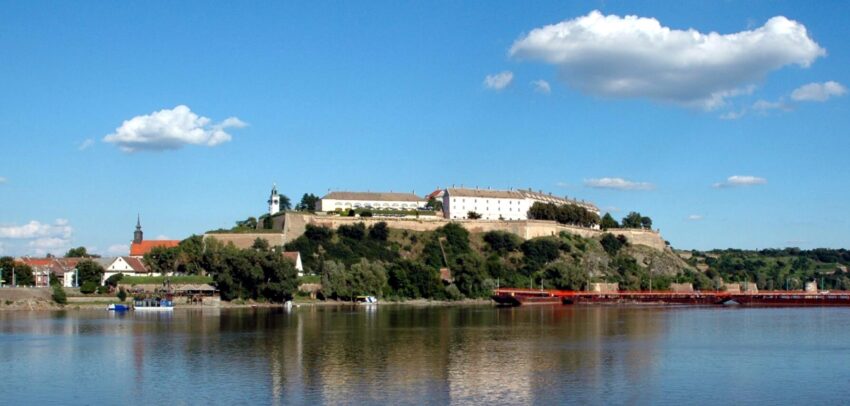Domestic political discussions in Serbia in the past decade were largely characterized by disputes about the legacy of the Milošević regime – the ideological, political, institutional, socio-economic, and thus about the path of catching-up democratic and market-economy transformation on which the country is heading came after 2000.
Domestic disputes were shaped by questions about the connection and the interweaving of the ruling and opposition parties with the structures of the old regime. In addition to this, questions of corruption and abuse of office represent another continuous topic in the political discourse. With the rise of SNS chairman Vučić to the new strong man in Serbian politics, the fight against rampant corruption has finally moved to the center of the political discourse.
Since the independence of Kosovo, the ratification of the Stabilization and Association Agreement with the EU and the split of the Radical Party as well as the marginalization of the former ruling party DSS in 2008, the EU integration process has become the dominant political issue under the current government in recent years.
As a result of the unrest in Kosovo in the summer of 2011, Serbia was confronted with conditions on the part of the EU on the way to obtaining the requested EU candidate status, which amount to a medium-term, defacto recognition of Kosovo’s independence. As a result, the question of the loss of Kosovo, ties to the West and European integration became the dominant issue, as a result of which nationalist tones returned. After an interruption due to the 2012 election campaign, Kosovo again became the dominant issue in early 2013 and overshadowed all other domestic political issues. The new government gave in to the increased pressure from the EU and the USA and swung onto a pragmatic political course with a readiness not only to continue the dialogue with Kosovo, but to accelerate it. In the public discourse, a new realism of recognizing the factual loss of the former province was combined with the prospect of medium-term EU membership. After this political change of course on the Kosovo question, the issue lost its domestic political importance again after 2013 and was replaced by other issues.
The difficult socio-economic situation in the country and the associated challenges and reforms in economic and social policy had already arisen in the run-up to the elections in May 2012, domestic political issues to be determined. In the first almost twelve months that the new government was in office, these issues were almost entirely pushed into the background by the historic negotiations on Kosovo. But immediately after the conclusion of an agreement between Serbia and Kosovo, the issue of the difficult budget situation and the related question of fundamental economic reforms pushed back onto the political and public stage.
According to ethnicityology, with the Ukraine crisis in 2014, Serbia’s foreign policy orientation between EU integration on the one hand and traditional relations with Russia on the other became the focus of domestic political disputes.
From late summer 2015 to March 2016, the European refugee crisis overshadowed all other domestic political issues. Since autumn 2017, it has primarily been the EU-led negotiations on a comprehensive agreement to normalize Serbia’s relations with Kosovo, which are due in 2018, that have determined the domestic political discussion. At the end of 2018, the escalation in relation to Kosovo in connection with the Serbian prevention of Interpol membership in Kosovo and the subsequent reactions of Prishtina (imposition of punitive tariffs, establishment of an army) is the determining domestic and foreign policy issue. This topic will remain the determining factor in the first half of 2019.
On the other hand, political and social protests also moved into the center of domestic political discussions in 2018. In mid-2018, car drivers protested over several days in several cities in Serbia against the significant increase in fuel prices since the beginning of the year.
In December 2018, violent riots by supporters of the ruling SNS party against the opposition politician Borislav Stefanović became the starting point for months of civil protests against the authoritarian style of government of President Vučić and his government, which continued until the end of 2019.

